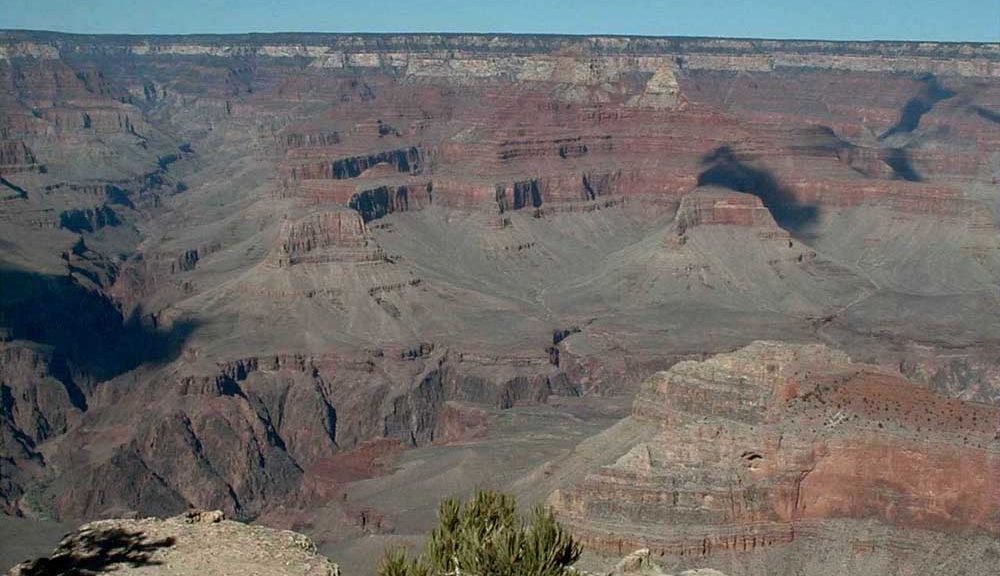Grand Canyon, Arizona
Following guidance from the White House, Centers for Disease Control and Prevention (CDC), and state and local public health authorities, Grand Canyon National Park is increasing recreational access to selected South Rim viewpoints.
The National Park Service (NPS) is working servicewide with federal, state, and local public health authorities to closely monitor the COVID-19 pandemic and using a phased approach to increase access on a park-by-park basis.
- Grand Canyon National Park’s South Rim South Entrance will reopen May 15-18 for incoming traffic from 6-10 a.m. with limited day use access to:
- The viewpoints at Pipe Creek Vista, Twin Overlooks, Duck on a Rock, Thor’s Hammer, No Name Point and Navajo Point along East Desert View Drive. Vehicles will be directed to turn around at Navajo Point.
- The picnic areas east of Yaki Road, Thor’s Hammer and Buggeln Picnic area.
- The restroom facilities located by the South Entrance Grand Canyon National Park sign, picnic area east of Yaki Road, and Buggeln picnic area.
With public health in mind, the following facilities and areas remain closed to visitors at this time:
- South Rim’s east entrance and Desert View area.
- The Rim Trail, Greenway Trail system, inner canyon and all hiking trails.
- Grand Canyon Village.
- Center Road west from the South Entrance Road intersection; South Entrance Road north of Desert View Drive intersection; Yaki Point Road, Rowe Well Road and the USFS 310 Road.
- The Colorado River, North Rim and Tuweep area.
Commercial services within the park remain closed. Visitors exploring the South Rim should plan to be self-sufficient, bringing enough food and water during their trip as well as hand sanitizer.
Park entrance fees are currently waived. The park also recommends arriving no later than 9-9:30 a.m. in case of traffic backups entering the park. Once visitors enter the park, they can stay throughout the day; however, there are not overnight accommodations available.
“This initial reopening phase will increase access to our public lands in a responsible way by offering the main feature of the park for the public, the view of the canyon, while reducing the potential exposure of COVID-19 to our nearly 2,500 residents,” said Grand Canyon National Park Superintendent Ed Keable.


